Climate and Energy Summit 2025
Next event In person & livestreamed
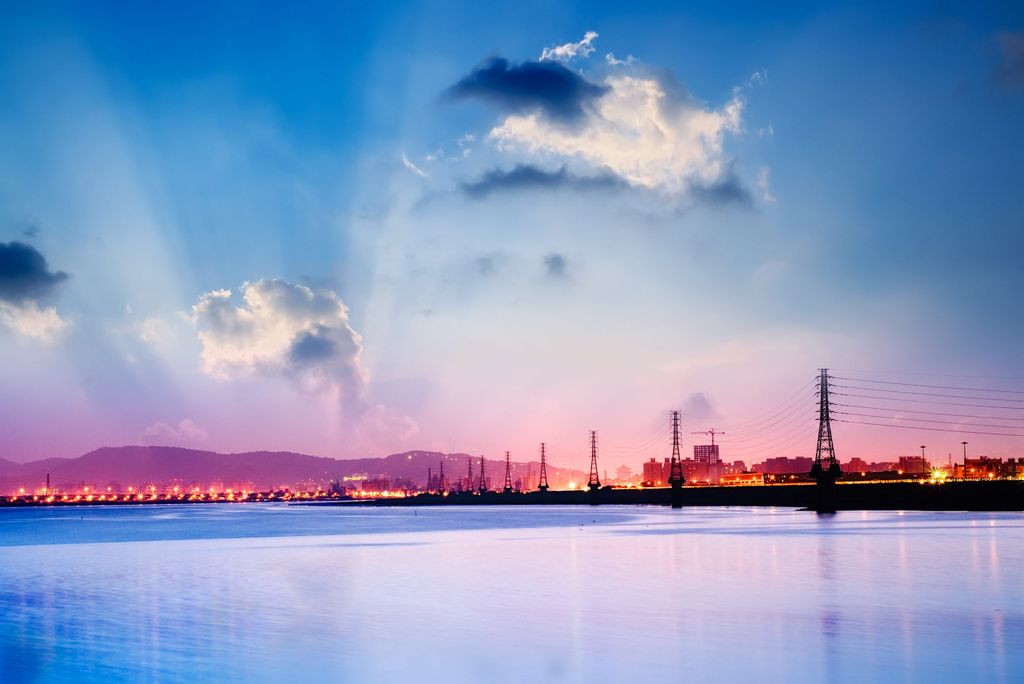
- Area of Expertise
- Climate, Energy & Natural Resources
Climate, Energy & Natural Resources

Chair of the Management Board at the Deutsche Gesellschaft für Internationale Zusammenarbeit (GIZ)
The Ukraine crisis has been calling into question the established European peace framework. And it also touches what is for EU member states an especially sore spot, their dependence on imports of strategic raw materials, not least in the energy sector.
The dispute on Europe’s eastern border is once again laying bare the dominant principle governing the EU’s actions, which is that its policy kinetics are primarily crisis-driven. The sobering prospect of a second Cold War in Europe is injecting new life into efforts to promote integration of the sort that provoked heated debate several decades ago but was shelved once tensions eased and political fatigue set in.
In the present crisis, a self-critical look at the past might prevent us from falling into similar behaviour patterns, thus ensuring we learn from the missed opportunities of the past to prepare the way for a more anticipatory style of policymaking in the future that will minimise energy and raw materials bottlenecks.
After years where a reactive response to crises has been the norm, the Ukraine crisis may mark a turning point
The EU’s energy policy over the past 50 years is a good example. Donald Tusk’s plan for reducing Europe’s dependence on Russian gas, and Jean-Claude Juncker’s intention to establish an ‘energy union’ are both rooted in key ideas put forward by the European Atomic Energy Community (Euratom).
Euratom was created back in 1957 when the treaty of Rome launched the European project, and reflected a desire for independence and stability in energy policy. Conventional energy sources were in short supply, and nuclear fission seemed the ideal solution. The only stumbling block was the high cost of the investments needed to adapt national energy infrastructures. This was to be met via a joint European programme, and all these elements can still be found in the latest plans for establishing a European energy union.
Various other Euratom tasks and ambitions can be discerned among the proposals now under discussion – the research components, for example, but most notably the EU’s intention to create a common energy market.
The reason why Euratom never developed into a fully-fledged energy union for nuclear power was public opposition to the build-up of nuclear armaments in the 1960s. Society was no longer amenable to the idea of Euratom as a joint European project, and nuclear power station accidents at Three Mile Island, Chernobyl and Fukushima have served to compound this. Germany’s decision to phase out nuclear power is now compelling either a fundamental realignment of Euratom or its gradual dismantling. Yet Europe’s structural vulnerability on energy security could revive a vision of a European energy union, but in a very different form.
The Ukraine conflict has the potential to transform Europe’s energy landscape. Whether or not Russia fulfils its commitments to supply oil and gas, or instead uses fossil fuels as a political lever is, for the time being irrelevant. Europe’s perceived vulnerability is enough in itself to kick-start the restructuring of EU countries’ energy supply infrastructure. It is setting in motion a broad diversification process covering energy types, suppliers and regions of origin. A reorientation towards new markets is already in full swing. At present, the focus is almost entirely on fossil fuel supplies that depend on many unpredictable variables. What in the short term might appear to be a rational strategy will in the long term lead to an impasse.
Poland is a good example. It currently obtains 70% of its gas from Russia. To reduce this reliance it is expanding its liquefied natural gas (LNG) capacities. In the Baltic port of Świnoujście, work is proceeding apace on an LNG terminal that’s due to come on stream very soon. Yet it will have only a marginal effect on Poland’s energy security. The capacities of most supplier countries are already fully utilised, and LNG cannot yet be sourced from elsewhere. In any case, the storage and processing capabilities of the Świnoujście LNG terminal will initially be limited. During its first stage, the terminal will turn over 2.5bn cubic metres of LNG per annum, or around 15% of Polish gas consumption.
An energy policy that only reflects our crisis management concerns may satisfy Europe’s energy security needs, but it doesn’t answer the problems of climate change
Far more significant is the fact that as long as Russian gas supplies can be depended upon, the market price of natural gas in Western Europe will remain stable. Combined with low utilisation rates at Europe’s existing LNG terminals, this is hindering private investment in the development of an LNG infrastructure as a strategic back-up. Significant public subsidies would be needed to change this, though these would very likely contravene EU competition law.
While evasive action on the gas markets is mainly driven by supply scares and short-term pressures, the upswing in new nuclear power station construction is underpinned by broader considerations. There is the desire to achieve maximum energy autonomy at the lowest possible price, and there’s a renaissance of nuclear energy in response to climate change concerns. The logic behind this is flawed, though, as it ignores the costs of final nuclear waste storage, the risk of core meltdown and the proliferation of fissionable material in a world of increasingly fragile states.
In the longer term, these problems will only be resolved by a radical change of course. The energy economy needs to switch to renewable energy sources based on closed-loop material flows – in other words, based on the principle of sustainability.
Until we embark upon this path towards a green economy, our purported ‘solutions’ will remain piecemeal, generating isolated responses that are at best costly and short-sighted, or which open the door to precarious compromises. And we will still have no answer to the central question of how, in a world of finite natural resources, can security of energy supply be guaranteed in the long term? Guaranteed not just for Europe, but for national economies everywhere.
The Lisbon treaty laid the foundations for an EU energy union. Even though EU member states still assert their autonomy in developing national energy infrastructures, transboundary energy policy now falls under European primary law. In other words, the European Commission has extensive responsibilities and resources for shaping a common energy policy. This expansion of the Commission’s authority was long overdue, for readjusting complex national energy systems will be all but impossible without a shared political will, an immense financial effort and a common vision.
Despite the gas supply crises of recent years, the EU has actually done very little so far to reduce its structural reliance on Russian gas. Only Russia’s recourse to geopolitical stratagems has given Europe’s governments a wake-up call. This dilatoriness may yet prove to be a blessing. It means we still have the chance to find long-term, viable solutions to the challenges the future holds for us, and to radically transform the political kinetics of the EU. After years where a reactive response to crises has been the norm, the Ukraine crisis may mark a turning point as an opportunity to proactively develop a shared new vision.
The idea of working collectively on the future of energy in Europe was last discussed in 2009/2010 in the context of the Desertec initiative. Its central idea was taken up in the Union for the Mediterranean’s plan to make solar energy from the Sahara a major source of electricity. It was an attractive prospect against the background of peak oil, nuclear industry costs and the uncertainties after the gas dispute began between Russia and Ukraine. Pessimism that followed the Copenhagen climate summit also strengthened the view that the Mediterranean solar plan might be a panacea for the energy woes that had accumulated since the start of the 21st century.
The Mediterranean solar plan is, however, far more than just an energy programme. What makes it truly visionary is the way it links the dependencies of both sides – Europe’s energy and climate interests, and the development needs of the Middle East and North Africa. These interlocking interests could intensify the Euro-Mediterranean Partnership (EUROMED) and establish a genuine Union for the Mediterranean. The upheavals of the Arab spring and the disintegration of state structures there, along with the sustained eurozone crisis, had put these important considerations in doubt. The fracking revolution in North America also placed the Mediterranean solar plan under massive pressure in terms of its cost and competitiveness.
But the accumulation of crises for Europe should cause us to re-evaluate the vision of electricity from the desert. The EU’s member states may still be grappling with the structural shortcomings that created the euro crisis, and in Eastern Europe the post-communist ‘new world order’ created in 1991 is crumbling, but from the Maghreb to Mesopotamia, the post-war structures of 1919 and 1945 are also disintegrating. The old world is in turmoil everywhere.
Instead of talking up ‘fortress Europe’, what we in the EU now need are partnerships that do justice to our interdependence with other parts of the world. It is crucial that we better understand that finite resources and limited space mean we need mutually beneficial agreements in the medium and long-term interests of both sides.
An energy policy that only reflects our crisis management concerns may satisfy Europe’s energy security needs, but it doesn’t answer the problems of climate change, and nor does it contribute to the long-term stabilisation and development of the EU’s southern periphery. Yet for Europe’s long-term economic, social and political stability, both are as vital as a reliable energy supply.
Building up a ring of well-governed countries around the Mediterranean should be a top EU priority for the years ahead
How different would Europe’s energy policy look if its starting point were to be meeting the mutual interests of Europe, the Middle East and North Africa? And what could be the part of the Mediterranean solar plan? Addressing these wider questions enables us to see that this mega-project cannot be seen as a purely technological challenge to be judged on its technical viability alone.
Building much closer links between Europe’s energy policies and its green-tech industries and the growth economies of the MENA region means that technological and geographical advantages can be combined to benefit both sides. It’s impossible to understate the many positive implications of this.
The development impacts of a trans-Mediterranean solar union are economic, political and structural.
Economically:
Politically:
Structurally:
Projects on this scale demand a radical re-think of how our societies operate, an awareness of the historical context and a willingness to cooperate on both sides. This will demand not only cultural sensitivity and mutual respect but also trust. In everyday terms, this means something we have learned as a result of setbacks in our international cooperation for sustainable development. But the experience we Europeans have gained and the networks we have already created offer a valuable foundation for making progress on projects such as this.
At the Arab spring’s height in March 2011, the European Union agreed on a strategic Partnership for Democracy and Shared Prosperity with the Southern Mediterranean, and this must now be implemented by the EU with real conviction. For this to happen, the Mediterranean solar plan needs to be embedded in a holistic development approach based on the wider concept of a trans-Mediterranean solar union.
Building up a ring of well-governed countries around the Mediterranean should be a top EU priority for the years ahead – not as a unilateral condition to be imposed on the South by the North, but as a shared task in the interests of the MENA countries and Europe.
It may seem counter-intuitive, but if we now pause for a moment and resist the temptation to make do with quick and easy solutions, the Ukraine crisis could eventually provide the crucial momentum needed to revive the decades-old idea of a European energy union. This time, though, it would be in the wider context of a trans-Mediterranean solar union.
The present crisis could be the stimulus for the long overdue change of course towards renewable energies. It could also open up long-term development opportunities for the southern periphery that is in effect the EU’s strategic front yard. This would contribute significantly to security and stability in a region that for decades has been in upheaval. This time round, we should not allow our sense of urgency to displace our sense of what is really necessary.
Next event In person & livestreamed

Past event In person & livestreamed
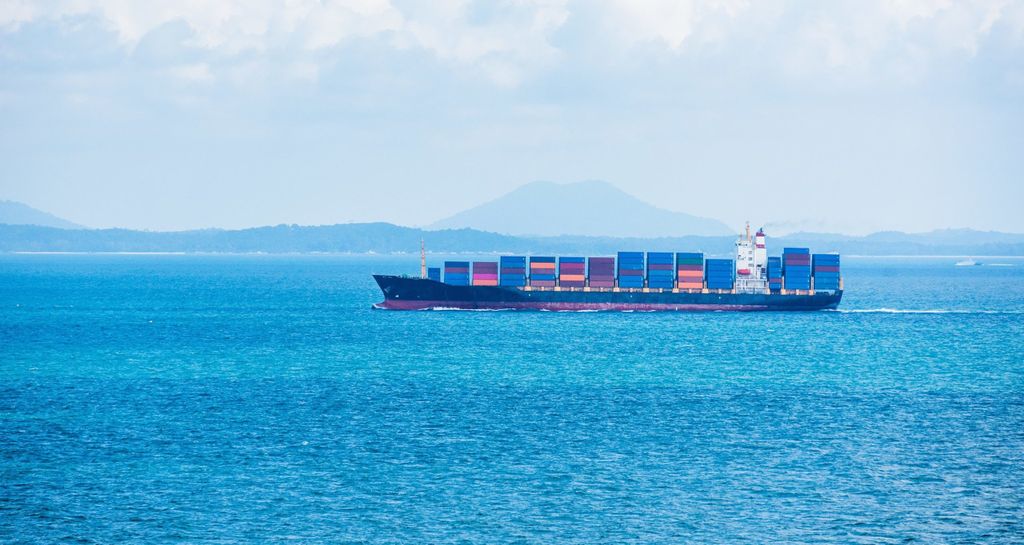
Past event In person & livestreamed
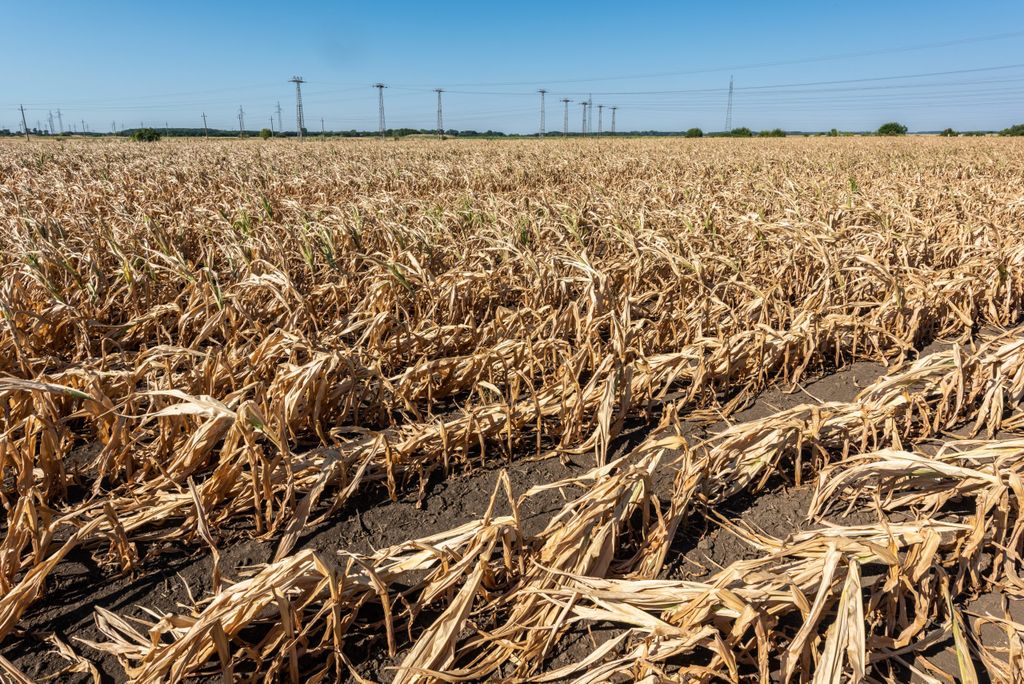
Past event In person & Livestreamed
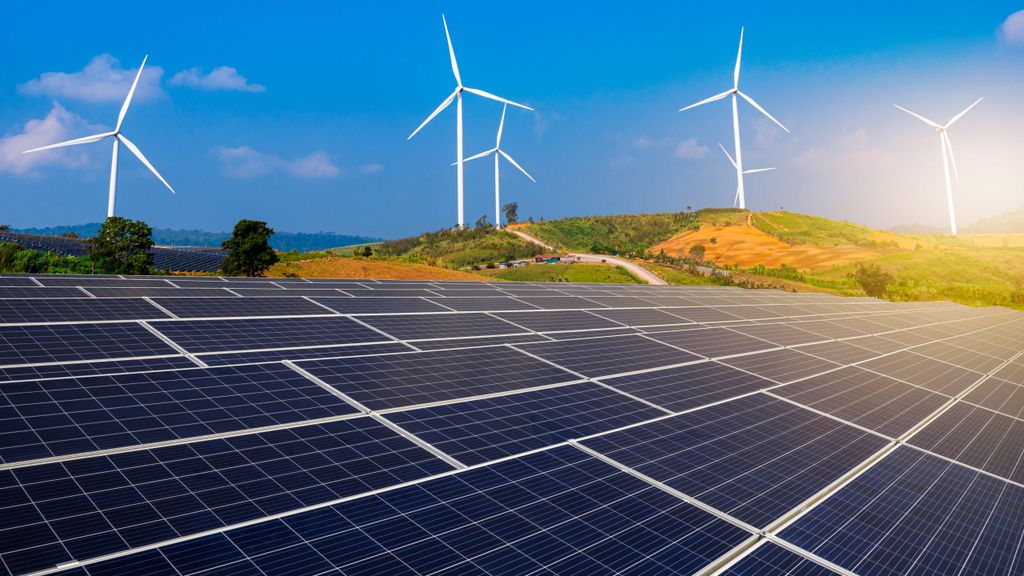
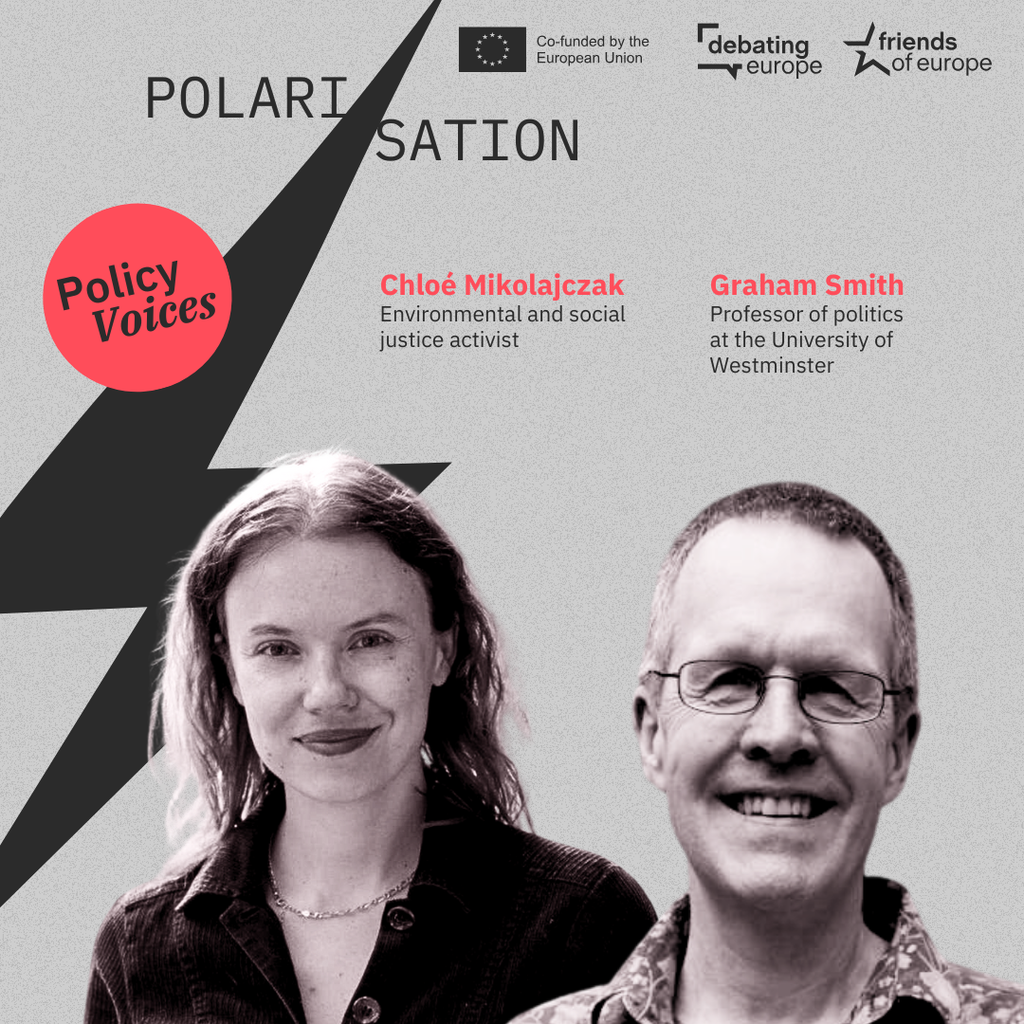

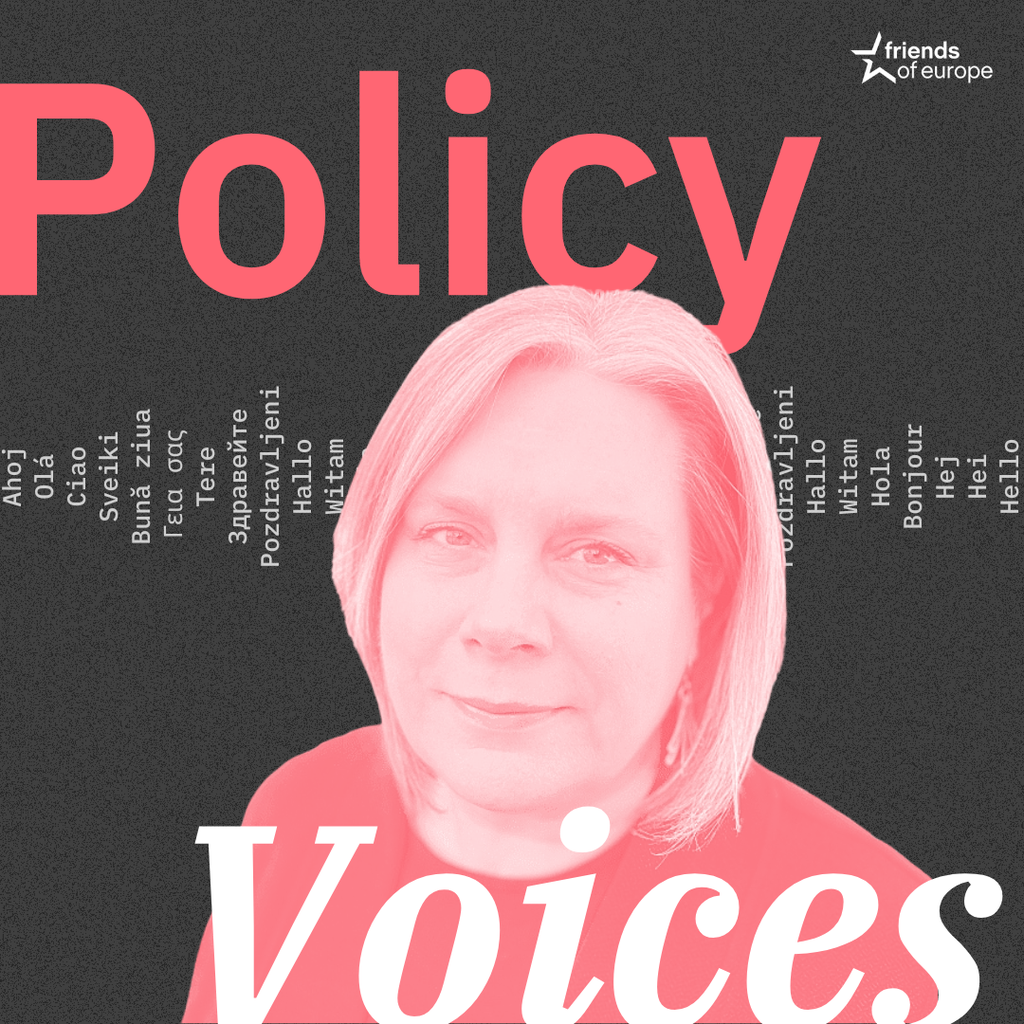
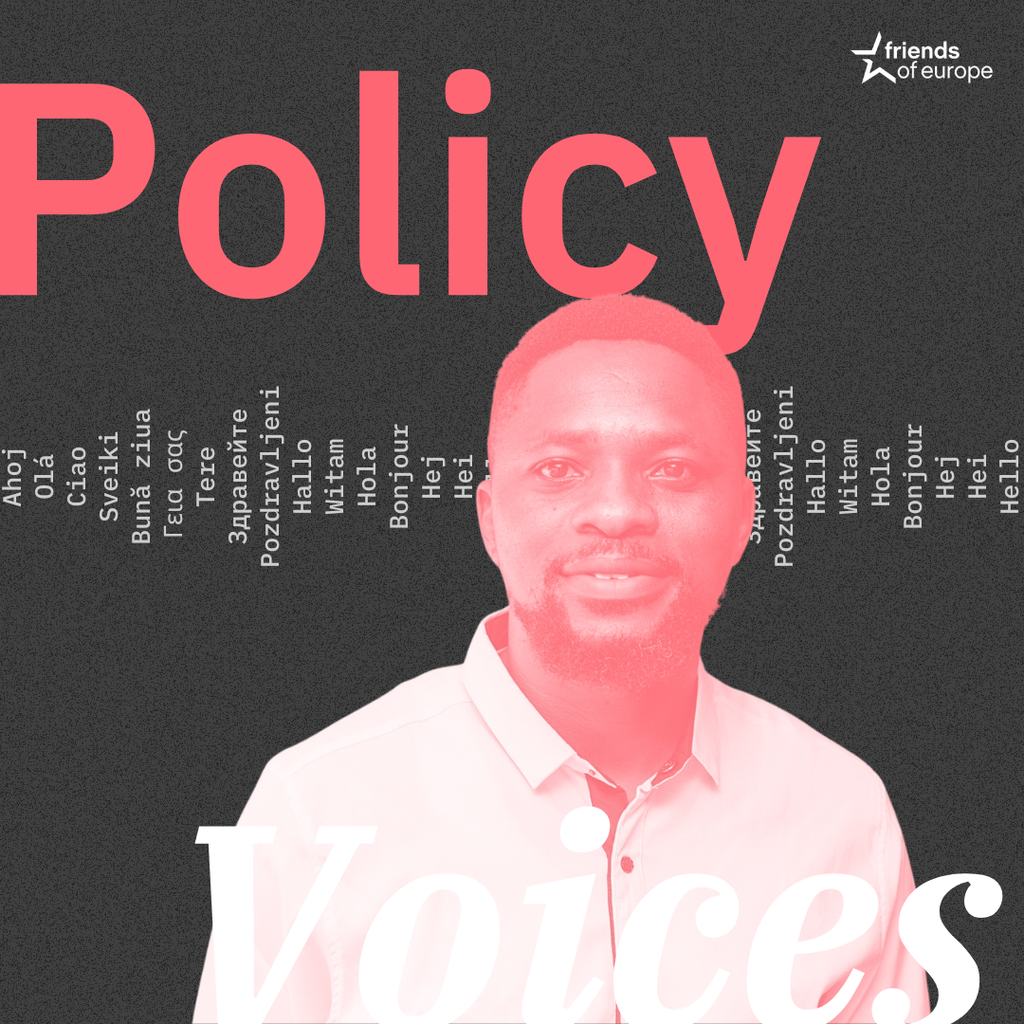
Stay informed
We use cookies and similar technologies to adjust your preferences, analyze traffic and measure the effectiveness of our campaigns. Learn more about our privacy policy.